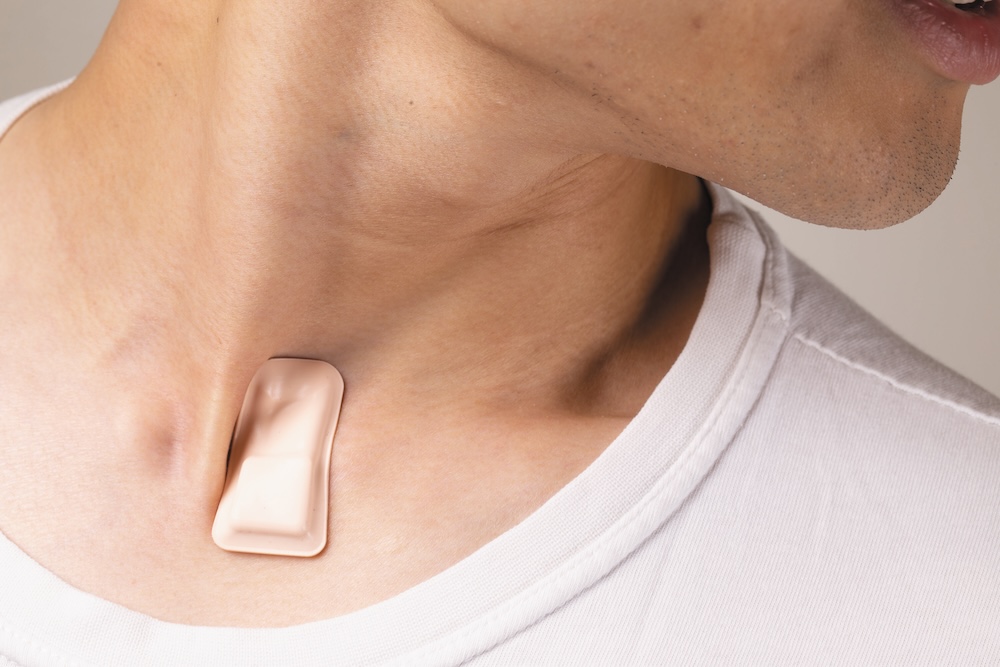November 4, 2007
|
Contact: Marla Paul at (312) 503-8928 or at |
|
Broadcast Media: Tamara Kerrill Field at (847) 491-4888 or at |
Breaking a Sweat Helps Control Weight Gain Over 20 Years
CHICAGO—Don’t slack off on exercise if you want to avoid packing on the pounds as you age.
A consistently high level of physical activity from young adulthood into middle age increases the odds of maintaining a stable weight and lessens the amount of weight gained over time, according to a new analysis from Northwestern University’s Feinberg School of Medicine.
People who reported at least 30 minutes of vigorous activity a day such as jogging, bicycling, or swimming were more than twice as likely to maintain a stable body mass index (BMI) over 20 years. BMI is a measure of body fat based on height and weight. But even highly active people who gained weight, gained 14 pounds less over 20 years than those with consistently low activity.
Although activity is often recommended as a way to prevent weight gain, this is one of the first studies to examine the relationship between activity and weight by looking at patterns of exercise during a long period of time.
Researchers examined data from more than 2,600 participants in the Coronary Artery Risk Development in Young Adults (CARDIA) study to determine if high activity patterns over time were associated with maintaining a stable BMI. Participants in CARDIA, who were 18 to 30 years old when the study began, have been tracked for 20 years.
“The results will hopefully encourage young people to become more active and to maintain high activity over a lifetime,” said Arlene L. Hankinson, MD, lead author and instructor in preventive medicine at the Feinberg School. Dr. Hankinson presented her findings on Monday, November 5, at the American Heart Association Scientific Sessions in Orlando, Fla.
The research was supported by the National Heart, Lung, and Blood Institute.






